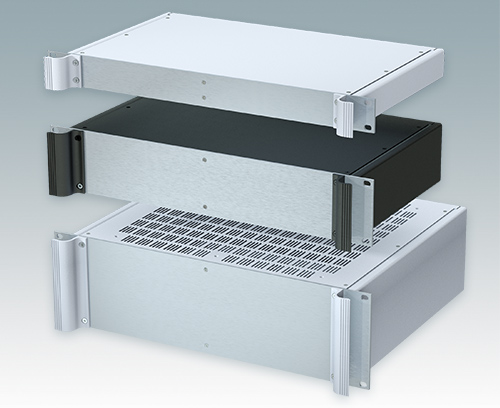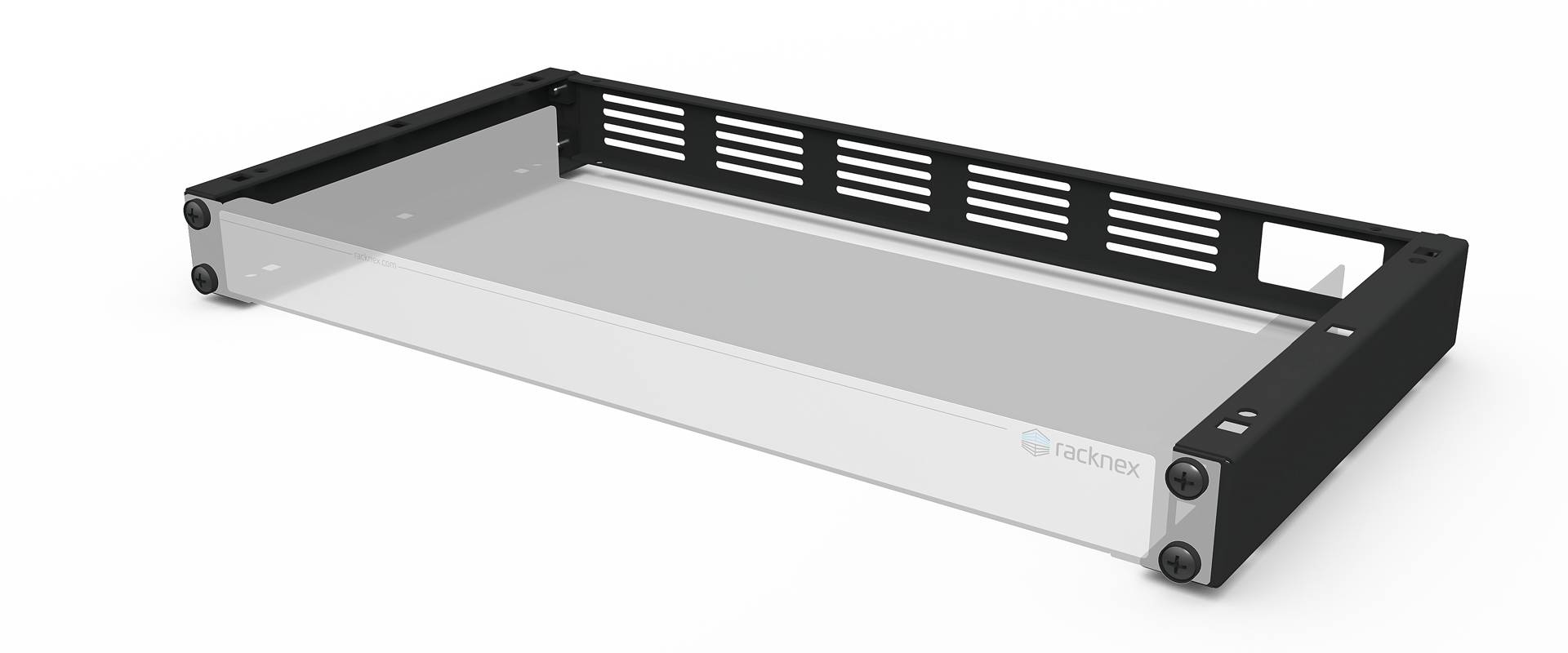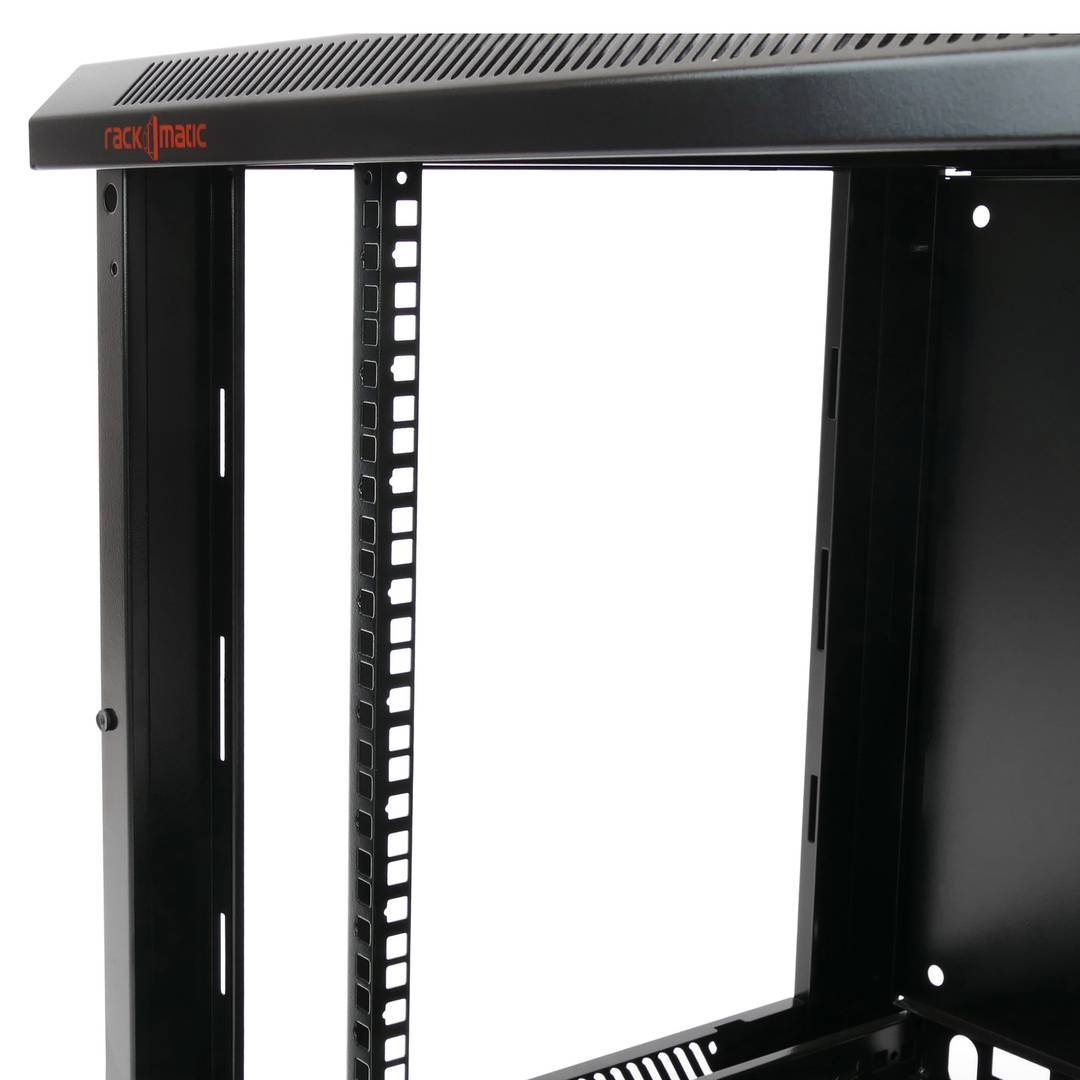What is a standard Rack Mount Space (RMS)? - ICC
€ 57.00 · 4.8 (298) · En stock

ICC uses the industry-standard measurement (ECA-310-e) for all ICC products. According to the industry standard, a rack unit is measured by the height of a patch panel, server, network switch or other similar equipment mounted in a 19-inch rack or a 23-inch rack. A single Rack Mount Space (RMS) and the pitch is 1.75”. The screw thread pitch can be Read More
ICC`s offers Voice Patch Panels. This individual patch panel is designed to fit all standard 19 racks and cabinets, while integrated with 2 male Telco connector including mounting screws. This particular panel is equipped with 6p4c, 24 ports. Features: Rack mounted 6-position 4-conductor (RJ-11). Telco patch panel provides voice connectivity applications. Integrated with 2 male 50-pin Telco connectors. Designed to fit all standard 19 racks and cabinets. 1 rack mount space (RMS). UL listed.

ICMPP024T2 ICC 24-Port 6p2c Telco Patch Panel
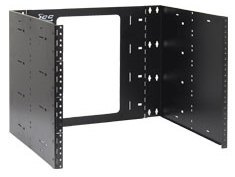
ICC ICCMSABRS8 Professional Grade EZ Fold Wall Mount Bracket 8RMS
ICC ICCMSRCMC5 rack accessory : Free Download, Borrow, and Streaming : Internet Archive

ICC ICCMSRDV30 30″ Deep Vented Double-Sided Rack Shelf in 3 RMS
ICC offers horizontal finger duct panels designed with 3-inch wide channels to manage the capacity of cables coming into the server room or wiring closet. This finger duct panel is 2 rack mount space (2 RMS). The panels fit on racks and cabinets with 19-inch mounting widths. The channel has 24 pass-through holes, on the top and bottom, to help guide cables on the front of the rack and cabinet. The channel features flexible fingers that allow cables to be inserted and removed easily.

ICC ICCMSCMAC2 - Panel, Front Finger Duct, 2rms, 6 Pk
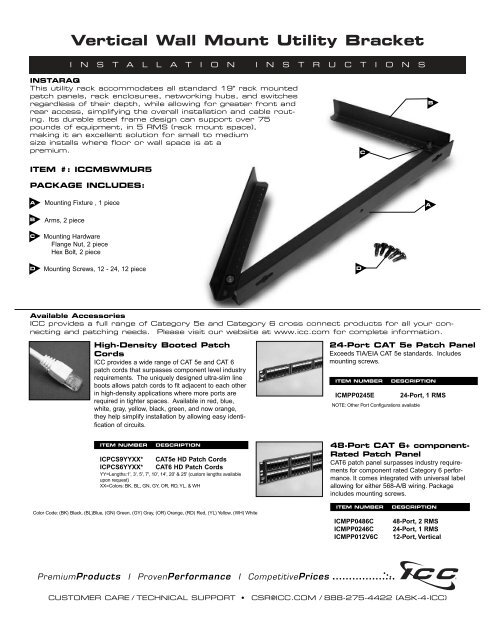
Vertical Wall Mount Utility Bracket - Icc

7′ Cable Management Rack with 2 Post and 44 RMS
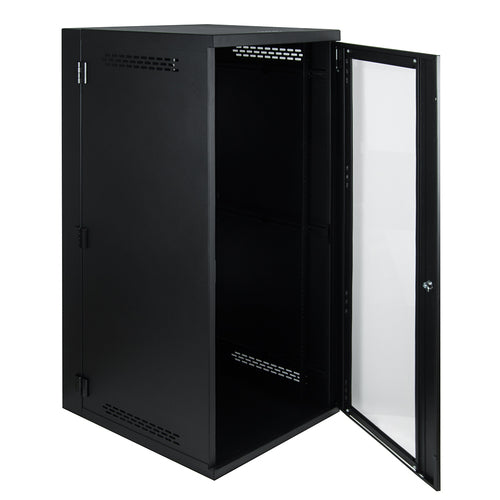
ICC Wall Mount Server Cabinet with 26U Plexiglass Door – FireFold

TeleDynamics Product Details: ICC-ICCMSR1948
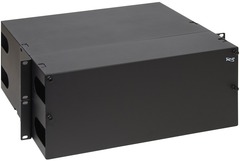
ICC ICFORET4RM 12 Panel Fiber Optic Rack Mount Enclosure, 4 RMS
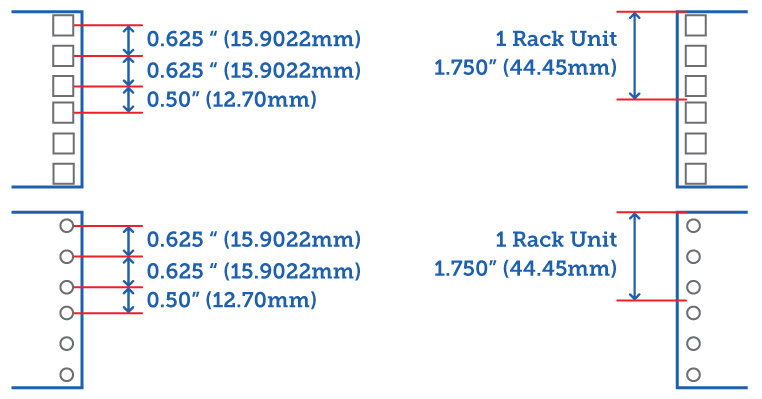
Server Rack Sizes: Understanding the Differences - RackSolutions






